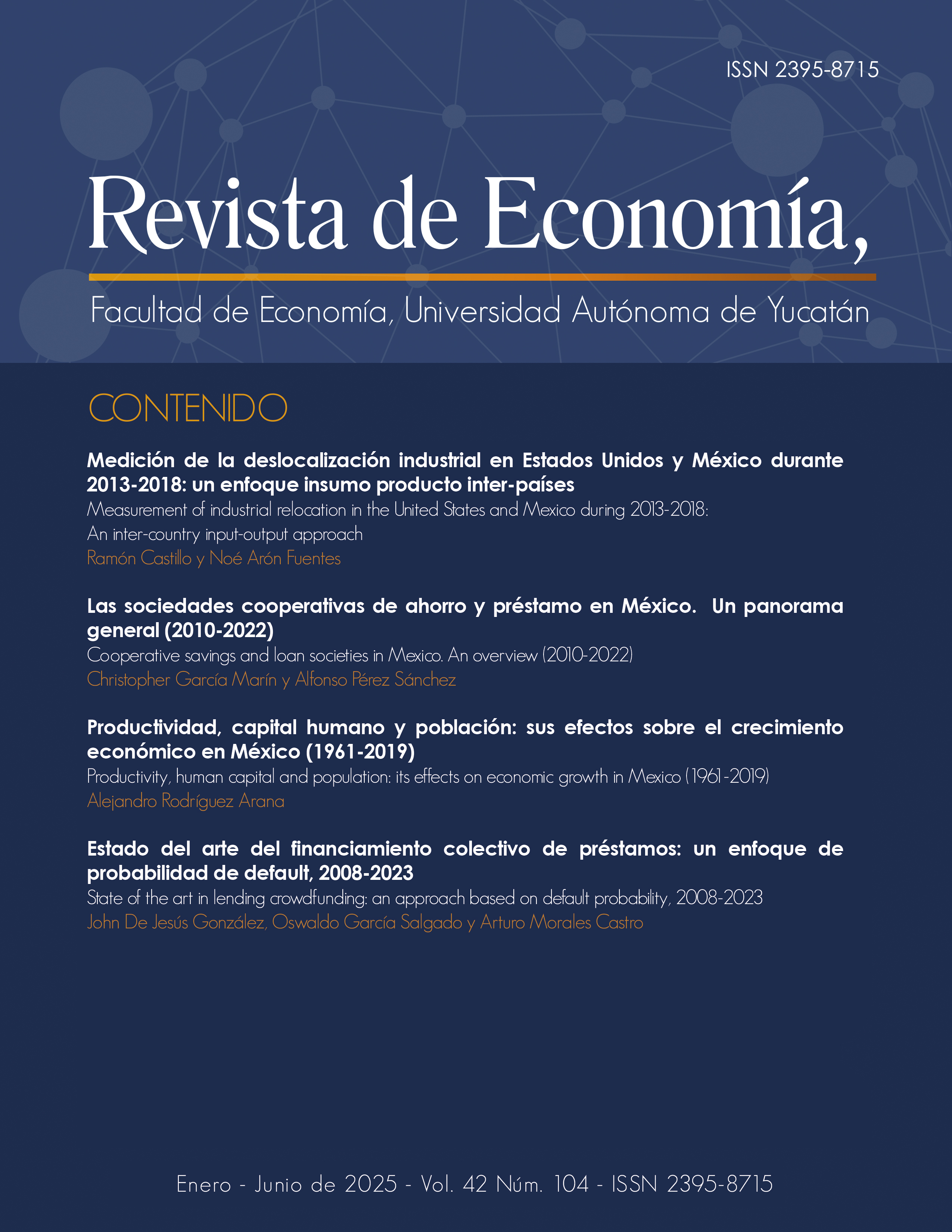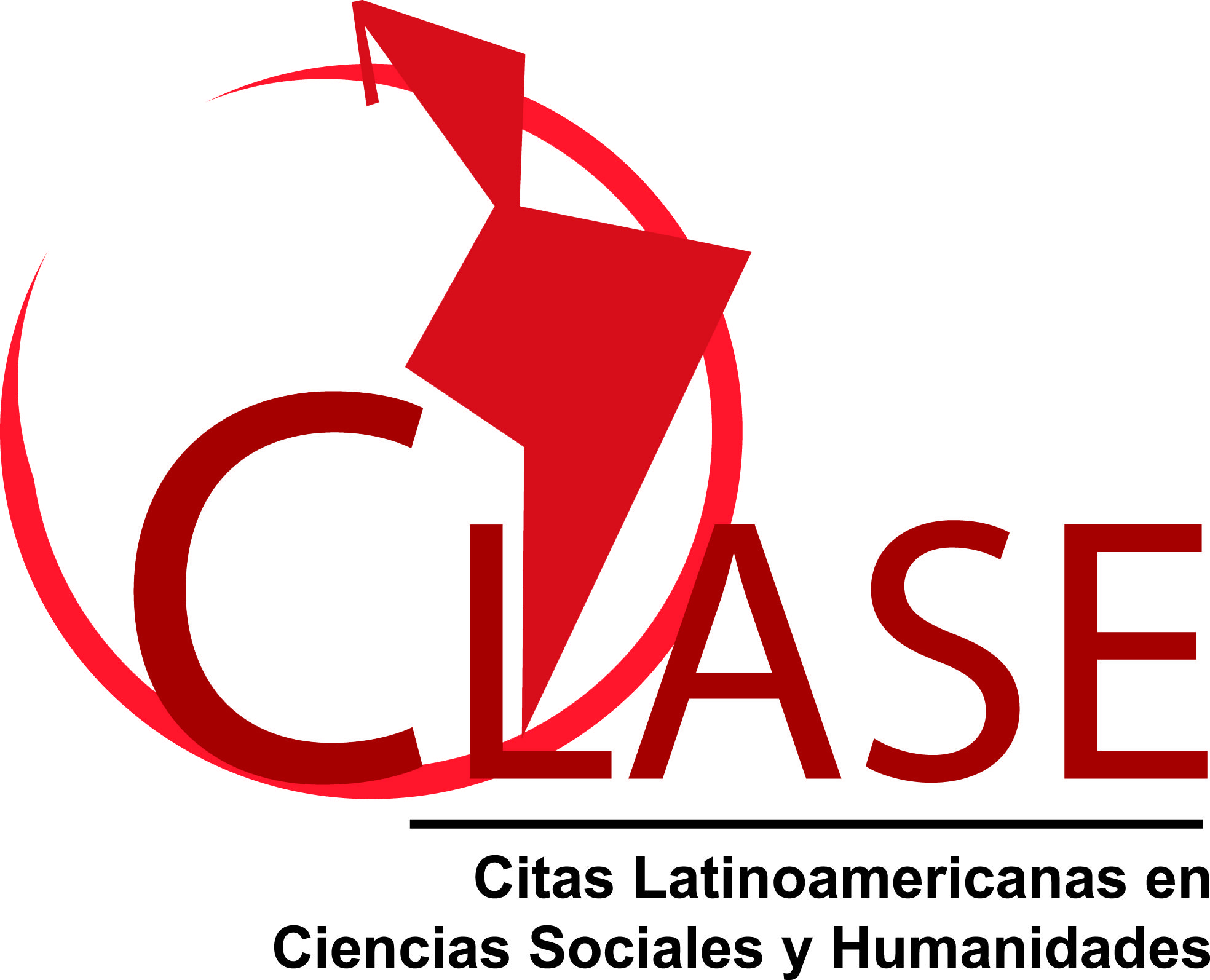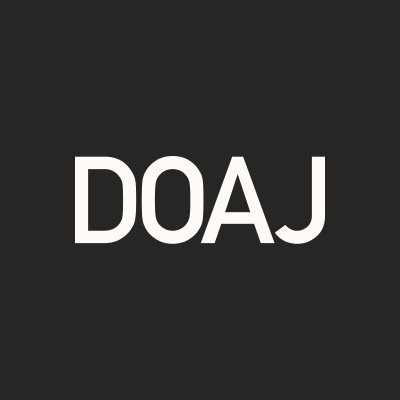State of the art in lending crowdfunding: an approach based on default probability, 2008-2023
Abstract
Peer-to-peer (P2P) lending is an essential business model in technology finance and an alternative focused on promoting the raising of funds for borrowers in a novel way. However, the possibility that applicants who access loans through this business model may default on their payment obligations is a major concern for lenders and investors. The present study thus aims to examine the approaches employed in the analysis of this business model and to identify patterns and trends through a bibliometric analysis using R's Bibliometrix and VOSviewer.
Seven different study approaches were identified and an essential part of the factors that can increase the probability of default. The bibliometric analysis suggest that the main publications come from the United States and China, from the University of Maryland and the National Kaohsiung University of Science and Technology, SSRN Electronic Journal is the leading journal, the most analyzed platforms are Lendingclub.com and Prosper.com, the main statistical techniques used are probit and logistic regression.
Bin Gu stands out for his production and collaboration with other authors in terms of co-authorship networks. Keyword co-occurrence shows that peer-to-peer lending, default risk, and fintech are the most common. Finally, the thematic mapping shows that screening, market inference, peer to peer lending, misreporting, China, and information asymmetry are the main themes. The practical implications of these findings are of interest to researchers and academics, as they help to identify significant and emerging themes within the field and suggest potential avenues for future research.
Copyright (c) 2024 Journal of Economics, Faculty of Economics, Autonomous University of Yucatan

This work is licensed under a Creative Commons Attribution-NonCommercial-ShareAlike 4.0 International License.
D.R. © Revista de Economía
The conditions that are required when granting the attribution license called CC -BY-NC-SA are the following:
1. The Universidad Autónoma de Yucatán must be clearly identified as the owner of the copyright of the original publication.
2. The material may not be used for commercial purposes.
3. Any derivative work must be published and distributed under the same open access license as the original publication.











